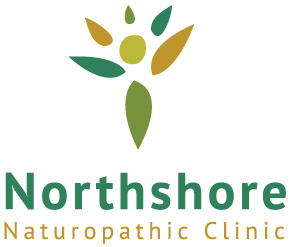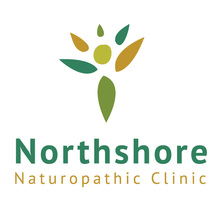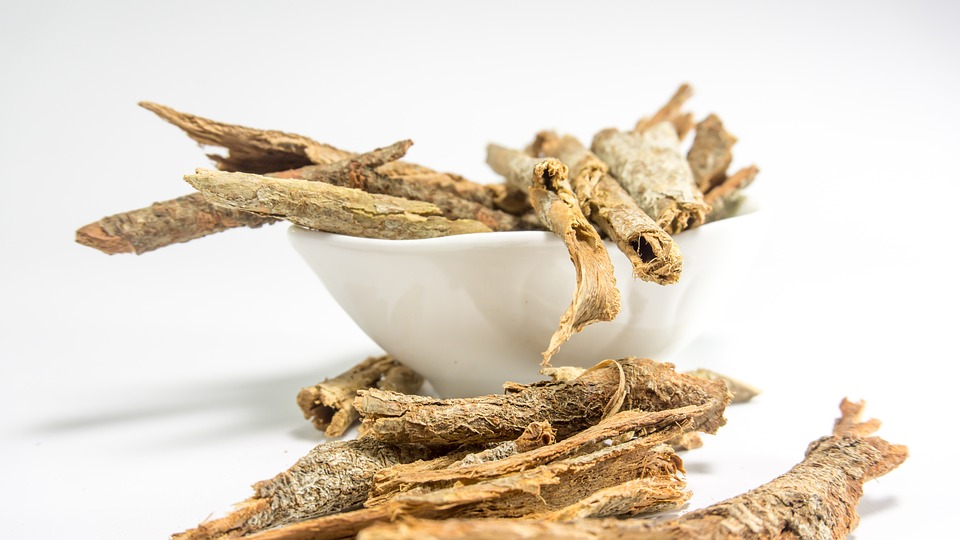By Irene Hayton
Yogurt is a fermented dairy product made by adding bacterial cultures to milk. The culturing process makes yogurt more digestible than milk, so many people who must avoid milk—due to either lactose intolerance or to a protein allergy—are able to eat yogurt. The “friendly” bacteria in yogurt create lactase, the enzyme that is deficient in lactose-intolerant individuals, as well as beta-glactosidase, which is an enzyme that improves the absorption of lactose. The bacteria also partially digest casein (one of the proteins in milk which causes allergic reactions in many people) making it less allergenic for some.
Nutritional Powerhouse
In addition to being a quick and easy snack, yogurt is also very nutritious. It’s a very good source of calcium, vitamin B2 (riboflavin), iodine, and phosphorous and a good source of protein, potassium, zinc, and vitamins B12 and B5. Yogurt improves the absorption of calcium and B vitamins.
Health Benefits
High-quality yogurt contains live, health-promoting bacteria. Research studies show that daily consumption of yogurt that contains live and active bacterial cultures may have the following benefits:
- It enhances immunity by increasing the production of interferon, an immune-booster, and by increasing the number of white cells (T-lymphocytes and neutrophils) which fight infection.
- It helps to decrease the incidence of vaginal yeast infections and to treat intestinal infections or diarrhea caused by bacteria such as Salmonella and E. coli. The “friendly” bacteria in yogurt create an acidic environment in the intestine, thereby inhibiting the growth of harmful fungi (Candida yeast) and bacteria.
- It improves blood cholesterol levels by lowering LDL (“bad”) cholesterol and increasing HDL (“good”) cholesterol.
- It helps to build bone tissue. Because yogurt is a rich source of calcium, and the bacteria in yogurt improve the absorption of this important mineral, it helps to strengthen bones, as well as teeth and membranes in the body (including the all-important ileocecal valve). Yogurt also contains an iron-binding protein called lactoferrin, which enhances the activity and growth of osteoblasts, the bone cells that build bone.
Selecting the Healthiest Yogurt
When buying yogurt, be sure to choose those that contain live or active bacterial cultures for the greatest health benefits. Plain yogurt is the best—the only ingredients listed on the label should be milk and live bacterial cultures such as Lactobacillus bulgaricus, Streptococcus thermophilus, Lactobacillus acidophilus, and Bifidobacterium. Avoid those that contain sugar or artificial sweeteners, flavours, and colours. Plain yogurt generally contains fewer calories and more protein and calcium than those that are sold with fruit added to them. Low-fat yogurt tends to be less tart than non-fat.
Plain, low-fat yogurt is yummy on its own but if you don’t like its tartness, you can add your own fresh fruit to it and/or sweeten it with a small amount of natural sweetener such as pure vanilla extract, cinnamon, stevia, pure maple syrup, or honey. For those who prefer a savoury taste, try adding Italian flat leaf parsley, a pinch or two of ground cumin or cayenne, and sunflower seeds.
Other Ways to Enjoy Plain Yogurt
- Add to smoothies with some purified water instead of juice or milk. Click on the Recipe page and look under “Breakfast” for recipes for Yogurt and Tofu Smoothies and Hemp Protein and Berry Smoothie.
- To increase the content of fiber, protein, and healthy fats, add freshly ground flax seeds or—if you don’t have an ileocecal valve problem—add hemp seeds, pumpkin seeds, sunflower seeds, or almonds.
- Make Frozen Berry Yogurt Pops (see Recipe page and look under “Baked Goods and Desserts.”)
- Use it to replace sour cream on baked potatoes, tacos, etc.
- Substitute it for some or all of the mayonnaise in sandwiches, salads, and spreads.
- Use it as a base for salad dressings.
- In baked goods, use it to replace some of the oil.
- Alternate layers of plain yogurt with layers of fresh fruit to make yogurt parfaits.
- See Eating Alive II for yogurt recipes such as Yogurt Herb Dip, and Chicken with Yogurt and Soy Sauce.
- See the Recipe page of this website for Mediterranean Quesadillas with Yogurt Cilantro Sauce, Berries with Creamy Yogurt Cheese, Spinach Dip, Strawberry Purée, Poached Halibut with Yogurt Dill Sauce, Taco Salad, and this month’s recipe for Tzatziki.



